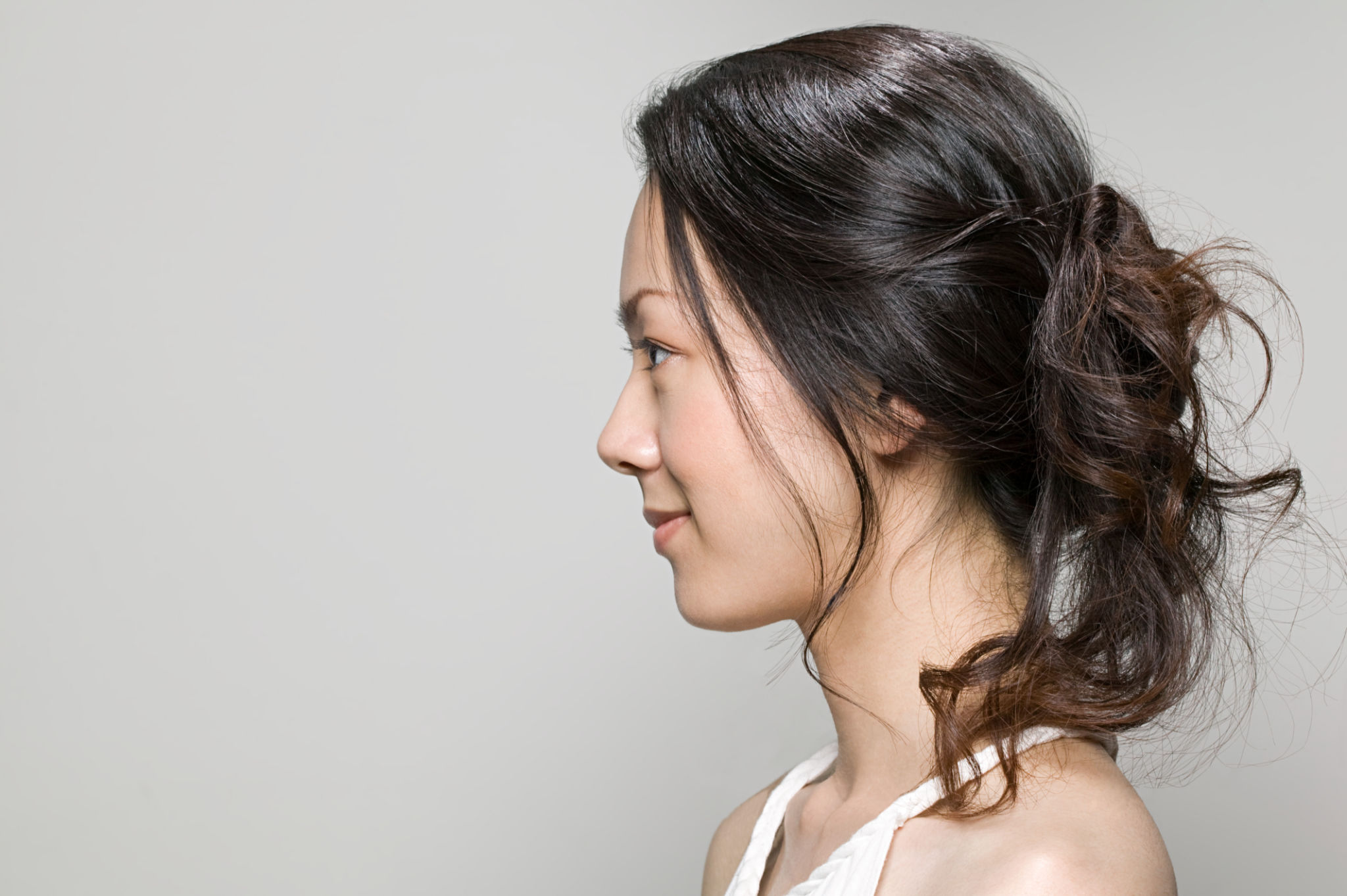The Ultimate Guide to Portrait Photography Techniques
Understanding Lighting in Portrait Photography
Lighting is the cornerstone of portrait photography. It affects not only the mood of the photo but also how your subject looks. Mastering lighting techniques can transform a simple portrait into a stunning masterpiece. Natural light is often preferred for its soft and flattering qualities, but studio lighting offers more control and creativity.

Natural Light
Utilizing natural light can be as simple as positioning your subject near a window or shooting outdoors during the golden hour. The golden hour, occurring just after sunrise or before sunset, provides a warm and soft glow that enhances portraits beautifully. Techniques such as backlighting and side lighting can add depth and drama to your images.
Studio Lighting
For more control over your lighting environment, studio lights are indispensable. Using key lights, fill lights, and backlights, you can sculpt the light to highlight features and create desired shadows. Experimenting with different setups like Rembrandt lighting or butterfly lighting can yield diverse results.
Composition and Posing
Composition is fundamental in guiding the viewer's eye through the portrait. One of the most effective composition techniques is the rule of thirds, where the subject's eyes align with the top third of the frame. This creates a balanced and engaging image.

Posing Techniques
When it comes to posing, comfort is key. Encourage your subject to relax and adopt natural poses. Direct them subtly to achieve flattering angles and expressions. Experimenting with different poses can reveal unexpected strengths, making each portrait unique.
Using Props
Props can add an additional layer of storytelling to your portraits. They can provide context or show a part of the subject's personality. However, it’s important to ensure they do not overwhelm the main focus: the person being photographed.
Post-Processing for Portraits
The post-processing stage is where you can refine and elevate your portraits. Basic adjustments such as brightness, contrast, and color correction can enhance the overall look. Tools like Adobe Lightroom and Photoshop are excellent for detailed edits.

Retouching Tips
While retouching, aim to maintain the natural appearance of your subject. Removing blemishes or softening skin should be done subtly to avoid an artificial look. Pay attention to eyes and teeth, as brightening these features can significantly impact the portrait’s appeal.
Final Touches
Consider cropping your image to improve composition or to focus more closely on your subject’s face. Applying a slight vignette can also draw attention towards the center of the frame, emphasizing the subject.
By mastering these techniques in portrait photography, you will be able to capture compelling images that tell a story and evoke emotions. Remember, every portrait is an opportunity to explore creativity and highlight individuality.
